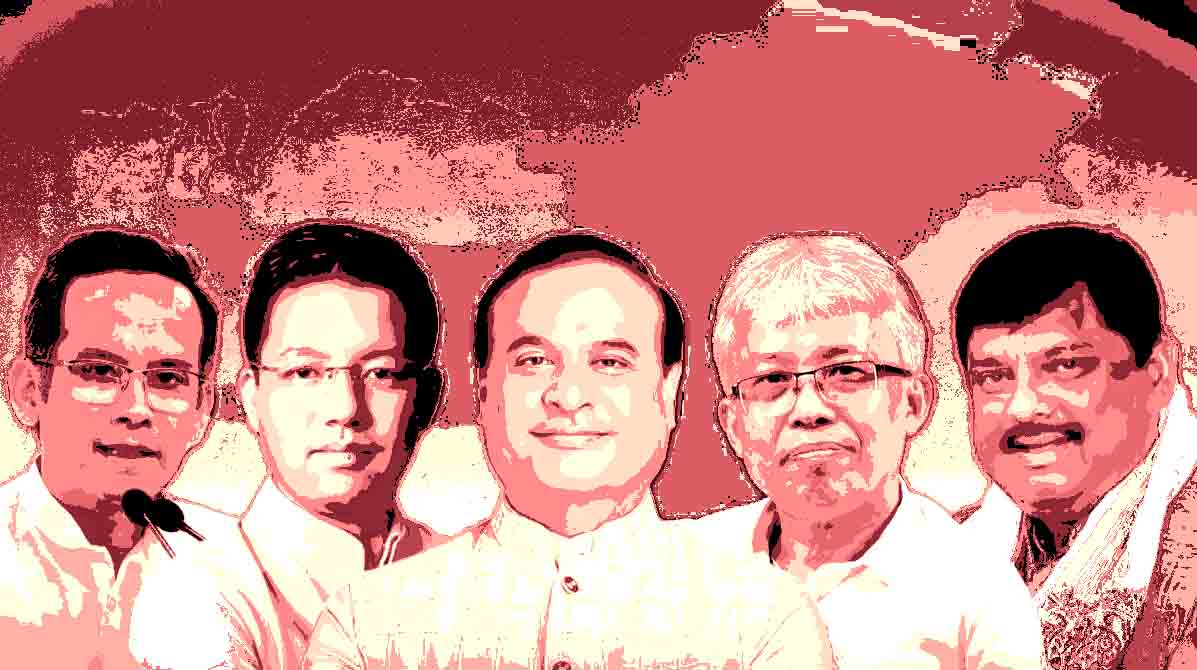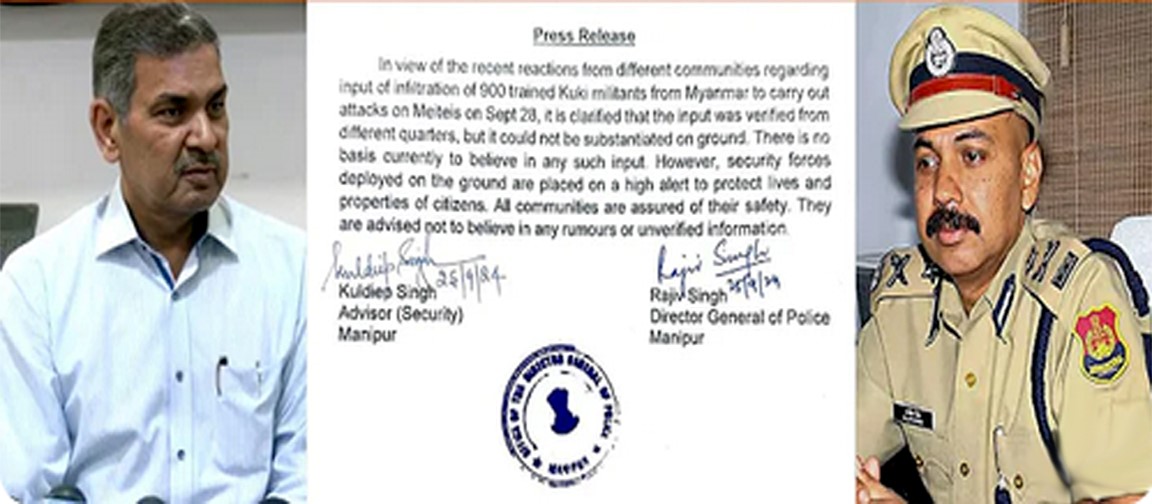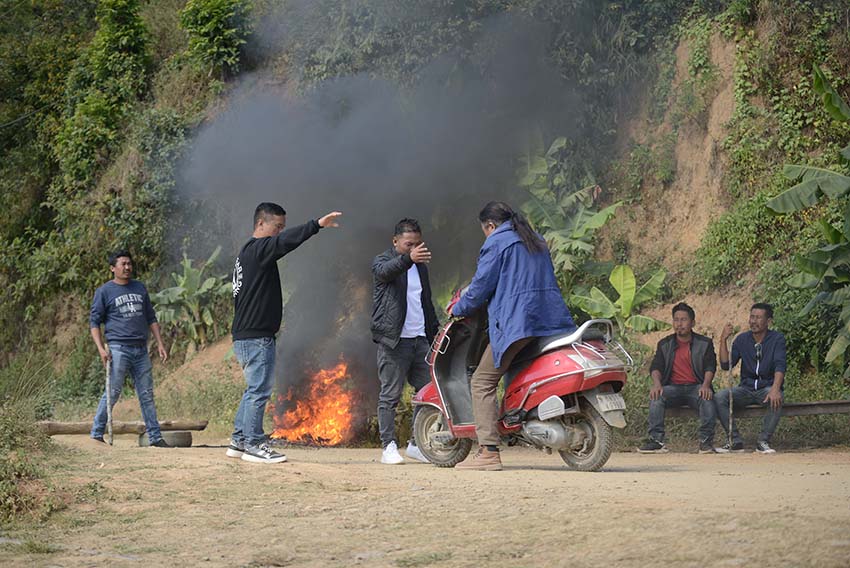The nation is settling to the reality of a new political equation in New Delhi in which the ruling BJP, though still the single largest party, is significantly short of the majority mark in the Lok Sabha. For many, this denouement was a shock. For many others, it came as a welcome catharsis. Neither had expected the result, especially with exit pollsters making it seem like a foregone conclusion that a landslide victory awaited the ruling party, bettering its past records.
If election predictions can go wrong, so can results analyses. It will hence be prudent not to forget that the political battle cries and passions were very different in each state. This is expected in a vast country with multifarious regional political landscapes. The electoral battle at the Centre, fought on the grand theme of what India’s way forward should be, was in this way an aggregate of myriad smaller local battles in states fought on local issues.
This dichotomy is often sought to be sublimated thus: in the case of national parties, they become national parties with local outlooks, and regional parties become ones with a national outlook. With no single party as a clear winner, this collage of regional political aspirations is becoming even more relevant in the current Lok Sabha.
Even within the subregion of the Northeast, the stakes fought for in each constituent state were for most part very different. Hence, the BJP or the Congress winning or losing in Nagaland, Manipur, Mizoram, Tripura, Meghalaya, etc cannot be attributed to any single agenda or manifesto. As on the larger canvas of Indian federalism, here too is a case of a hundred flowers blossoming together, although often this harmony in diversity has seen dangerous frictions.
In Assam, Tripura and Arunachal Pradesh, the BJP retained their dominance. In Nagaland, Mizoram and Meghalaya, the party’s presence was never more than that of a piggyback rider on ruling regional parties. Interestingly, in these latter states too, the parties BJP allied with fell.
More often than not, victory can be for reasons other than normally presumed. For instance, the rise of BJP in Assam and Arunachal Pradesh cannot be attributed to the same reason. In the former, it is more about the BJP cashing on the Assamese inherent fear of migrants from neighbouring Bangladesh overwhelming them. In the latter, it is more of a measured transactional move prompted by a widely shared psychology among small and weak Northeast states wishing to be on the right side of the party in power at the Centre. Similarly, the Congress victories in Nagaland and Manipur were driven by very different passions.
More than in any other Northeast state, the Manipur results this time are a stark reminder that voters can cast their votes for the same political party but in the hope of diametrically opposite rewards. The state has been engulfed in a violent and tragic ethnic conflict between two of its major communities, Meiteis and Kuki-Zo tribes. The official toll so far is pegged at 225 dead, many homes destroyed and 60,000 displaced.
In what can only be described as the height of irony, both the warring groups voted overwhelmingly for the Congress this time in both of the state’s parliamentary constituencies—Manipur Inner and Manipur Outer. It is true both shared a disenchantment for the ruling BJP, both in the state and at the Centre, for allowing the state’s crisis to drag on for more than a year without any meaningful intervention. However, the interesting thing is, while the Kuki-Zo’s voted for the Congress with the hope the party would facilitate getting their demand for a separate administration, the Meiteis voted for the same party, hoping for just the opposite so that Manipur’s territorial integrity remained intact.
It would not be an exaggeration to say if it was not for the current crisis in the state, it probably would have been extremely difficult to uproot the BJP in Manipur. The party was in a domineering position in the 60-member state Assembly after the February 2022 election, with the opposition reduced to just five Congress MLAs.
The BJP’s vote share in the 2022 election too was overwhelming. The party bagged 32 seats, reaching the majority mark without allies, garnering 37.83 percent of total votes polled. Congress and allies were not even second, and together could manage only 16.89 percent votes. Even with the crisis and the wide disenchantment with the BJP, few thought the Congress would be able to win in either of the two parliamentary seats.
The voting patterns in the two constituencies were also intriguingly different. Manipur Inner essentially consists of the valley districts, and Manipur Outer the surrounding hill districts, though with seven Assembly segments from the valley districts added to it to bring numerical parity.
In Manipur Inner, underdog Congress had to wrestle booth by booth to be ahead, though at the end of counting, emerged victorious by a comfortable margin. Earlier on election day, there was even an attempt by armed men, ostensibly supporters of BJP, to booth capture, but ordinary voters put up a strong resistance, storming polling booths and destroying ballot boxes to ensure repolls wherever they believed votes had been tampered with by the intruders. Such was the passion.
In Manipur Outer, which is a reserved constituency for Scheduled Tribes, there were four Naga candidates and none from Kuki-Zo tribes as the latter decided to boycott contesting, though not voting. Under the circumstances, it should have been a no contest in favour of regional party Naga Peoples’ Front. However, the NPF vote bank splintered because of ticket award disagreements. Moreover, the Congress was making a comeback strongly.
Still, in the Naga districts, NPF took the lead. The lead narrowed considerably when the valley segments of the constituency were counted. And then Churachandpur and Pherzawl districts overturned the results. Kuki-Zo voters here voted almost 100 percent for the Congress, with only some non-Kuki voters choosing other candidates. In ordinary times, these could have been cases for repolling on suspicion of coercion or booth capturing. But these are extraordinary times, and election results are not always what they seem. Manipur can vouch for this.
This article was first published in The New Indian Express. The original can be read HERE










